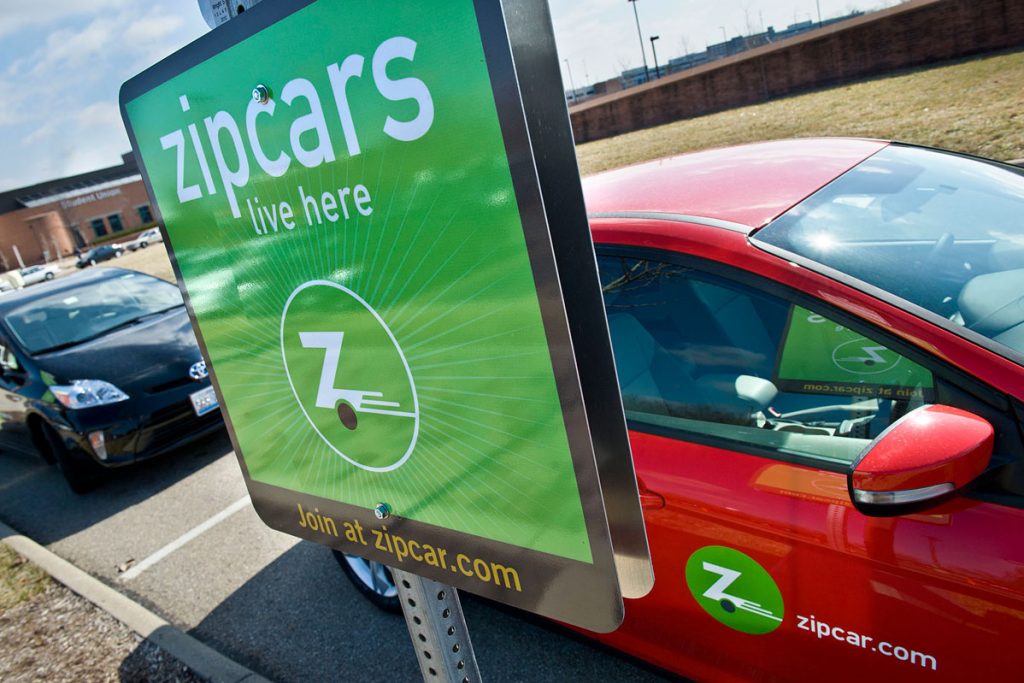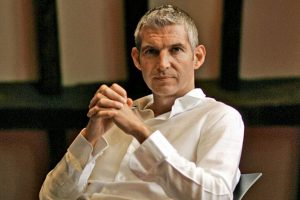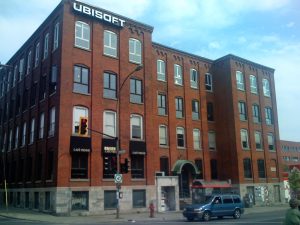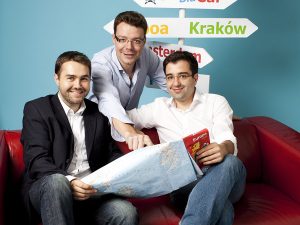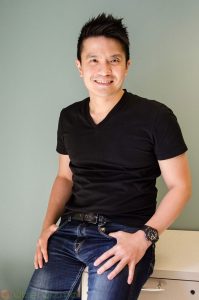The Story of Hatch Apps : The App To Build Apps
There are rare cases when your honesty and realization of your fundamental duty would have paid you well. Yes, you might have received appreciation from people, but did it become the biggest business idea for you ever?
This is what happened to the Param Jaggi, who is the co-founder of Hatch App. Param Jaggi is of Indian descent, who dropped out of Vanderbilt University at the age of 19, to work for his own self. He was a brilliant student and even invented EcoTube when he was in school at the age of 16. The EcoTube was built under a science project, that used the algae photosynthesis to reduce carbon emissions from cars. The device worked well and Jaggi patented the device in his name. Jaggi’s father is an engineer and wanted him to become a doctor. But as Jaggi was already working for a better cause, i.e., saving the environment, his family never interfered. Jaggi also sold his innovative bio-fuel preparation method to a Fortune 500 company.
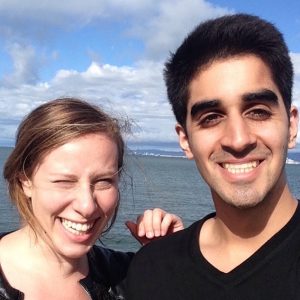
During the same time, he also developed an interest in web development, and later, when he turned 19, he decided to work as a freelancer, as he was already developing web and mobile apps and was earning enough. At that time he was charging $10K to $30 to build simple apps and that too only in a time equal to a weekend. For Jaggi, it had become quite easy to copy paste the similar code in the background of each web app and finish the project within a week. This fact made him think that he was charging way too much for delivering the ‘almost same’ code to every other client. “What’s fundamentally wrong with the software development industry, especially custom development systems, is that they price out products based on your price elasticity”, said Jaggi in an interview.
On the other hand, the other co-founder of Hatch Apps, Amelia Friedman, was also an entrepreneur who started her own business when she was still in college. She was a student of Brown University and was running college-level programs in different languages. At the time she completed her graduate degree, her program had reached to 7 cities, with over 32 different programs.
Founding Hatch Apps
Jaggi was a 19-years old eco-innovator, and Friedman was a self-made entrepreneur. The two got a chance to attend the Halcyon Incubator in Washington, DC, where the two met each other, the very first time. The meeting included the discussion over many things including how Jaggi wanted to bring price stability to the app building industry. And the idea of Hatch Apps was formed.
Jaggi’s plan was clear. He wanted to create a platform, upon which people could build their own apps without paying extra money. In 2015, the two launched Hatch Apps and started working on the basic plan. At the same time, the need for extra funds arisen. So they developed the 2016 Election game in just three days and were able to raise $100,000 for Hatch Apps within a few weeks.
The Hatch Apps is one of its kind, where a user can build apps by just dragging and dropping the elements, without actually knowing the coding behind those elements. During the testing of the app, Jaggi built the first app on Hatch Apps, just in three days even having the deadline of five days.
In March 2017, this software company raised $1.3M in angel funding to launch their product. The company has a team of more than twenty people and charges only $1K a month for app development. For $2K to $5K, customers can implement specific customizations and add-ons.
Jaggi is working as the CEO of Hatch Apps, and Friedman holds the position of the COO of the company. Jaggi has also got his name listed twice in the Forbes “30 Under 30”.
The company is still managing its ways in the market and slowly is getting ahead to earn more consumers. For now, the idea is really innovative and one of its kind, so the future of the company looks quite bright.

Yashica is a Software Engineer turned Content Writer, who loves to write on social causes and expertise in writing technical stuff. She loves to watch movies and explore new places. She believes that you need to live once before you die. So experimenting with her life and career choices, she is trying to live her life to the fullest.
